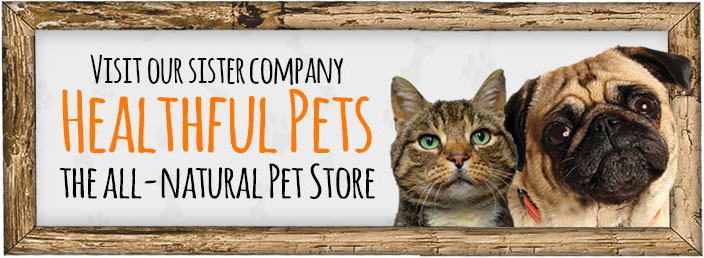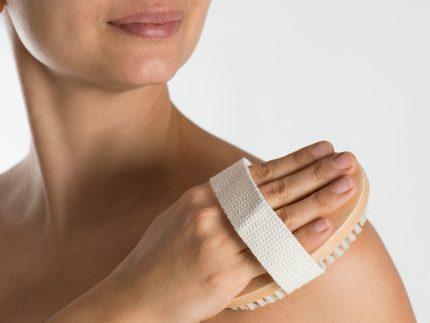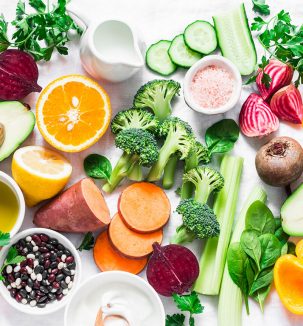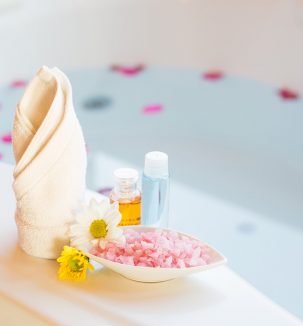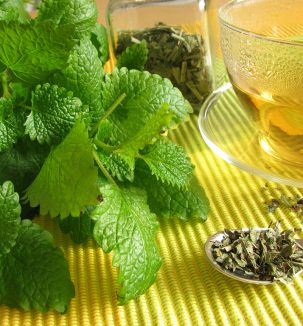Benefits of Dry Skin Brushing
Removes Dead Skin: One of the most beneficial aspects of dry brushing the skin is that the process helps the body slough off dead skin cells, which can clog pores and also to stimulate new skin growth. If this is not done impurities and toxins can remain in the body. Skin brushing therefore helps create a healthy glow and a smoother skin surface.
Improves Circulation: As the brush strokes the skin to remove dead skin cells, the brush motion against the skin massages it and helps increase circulation. Improved circulation enhances the flow of lymph and hormones through the skin, maintaining a healthy growth and development.
Stimulation of Lymph Drainage: Lymph is a clear to yellowish watery fluid which is found throughout the body. It circulates through body tissues picking up fats, bacteria, and other unwanted materials, filtering these substances out through the lymphatic system. The circulation of lymph through the body is an important part of immune system health.
Dry skin brushing will stimulate blood and lymph flow and is one of the most powerful ways to cleanse and improve drainage of the lymph in the skin to help remove damaging toxins from the skin into the colon for elimination.
Stimulates Hormones: Hormones and oil glands are essential for optimal skin health and growth. Skin brushing brings fresh supplies of blood-bearing hormones and oils to the surface of the skin where they are needed for that healthy glow.
Skin Firming: Dry brushing also helps tighten the skin. The increased blood flow reduces the appearance of tired-looking skin, as well as cellulite. Dead skin cells are removed, making way for new, healthy, firm skin cells, offering a firmer, more youthful appearance.
Removing Cellulite: Controlling and removing cellulite from the skin can be achieved through dry brushing on a regular basis. By brushing the skin on a daily basis you help to bring nutrients and oxygen to the outer layer of the skin (epidermis). Although there are no blood vessels in the epidermis, the dermis is rich with blood vessels, and the epidermis receives nutrients and oxygen supply from the dermis.
You can brush areas with cellulite twice a day for about five to 10 minutes to minimise the appearance of cellulite, paying particular attention to cellulite-prone areas, such as your thighs. Do this consistently for a minimum of three months to thoroughly cleanse the lymphatic system and achieve the best results.
Buy your Skin Brush HERE.
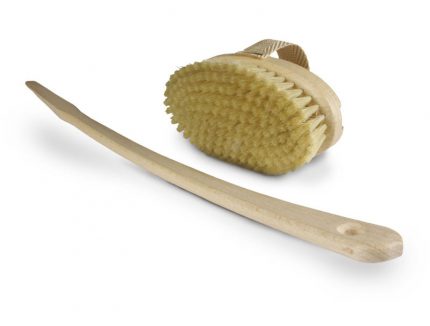
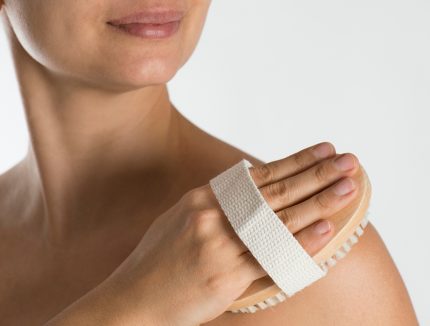
Types of Brush to Use
Natural-bristled brushes are the best choice for the skin because synthetic bristles can be harsh and damage the skin. Natural bristle options include hemp, jute, loofah or sisal.
When choosing a brush, consider your ability to reach areas such as your back, which may require a longer or handled brush.
How to Skin Brush
- Ensure your skin is dry. To brush your skin start at the soles of your feet (because the nerve endings effect the whole body) brushing with long vigorous strokes, working your way up the legs including your ankles, calves, thighs to your buttocks, hips and lower back. Then brush over the abdomen, where you should do so in circular counter clockwise strokes. Brush your arms starting with the back of the hands and carry on up the arm to the shoulders. Brush the palms of your hands then carry on up the arm; several strokes can be done under the arm into the armpits for further stimulation. Brush up the back and over the shoulders and the sides of into the armpits. Lastly brush down the neck and throat and lightly over the chest avoiding the nipples. Don’t brush your face.
- All skin brushing movements should be towards your heart to encourage the return of blood and encourage lymphatic flow. Brush movements should be as vigorously as you feel able; starting off gently and gradually increasing the pressure after a few days (or weeks if necessary).
- Use more vigorous strokes on areas where your skin is thick-like your soles, and light strokes on areas where your skin is thin. Don’t brush irritated or broken skin. Whilst sensitivity varies from person to person and even day to day it is important that the bristles feel firm since the brush strokes should help stimulate your circulation and lymphatic system for maximum benefits. A soft brush will not achieve this. However don’t be too rough as over brushing causes the skin to turn red and become irritated.
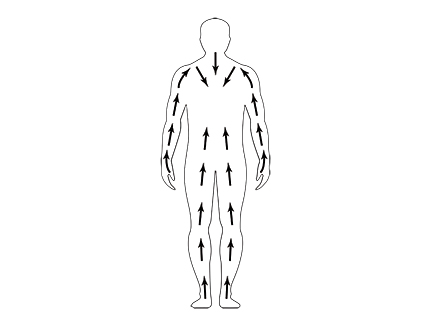
After you have finished dry brushing, take a warm to hot shower, followed with a 10- to 20-second cold rinse. This will invigorate the blood circulation to the skin and stimulate surface warmth. Repeat this hot-and-cold shower three times. Rub the skin down with a loofah sponge to remove dead skin. Dry off and massage the skin with olive, almond or coconut oil to moisturise and soften.
For hygienic reasons you will need a separate brush for each member of the family and wash the brush ideally once per week to prevent bacteria building up. Wash the brush using a mild soap and water and make sure the brush is completely dry. You can also keep the brush refreshed by spraying it with a tea tree spray.
Frequency
Try and dry brush for a minimum of once a day and twice if possible, ideally first thing in the morning before showering/bathing, when the increased blood flow will help wake you up.
Any new regimen requires time to show results, so be patient and remain consistent with your brushing schedule.


